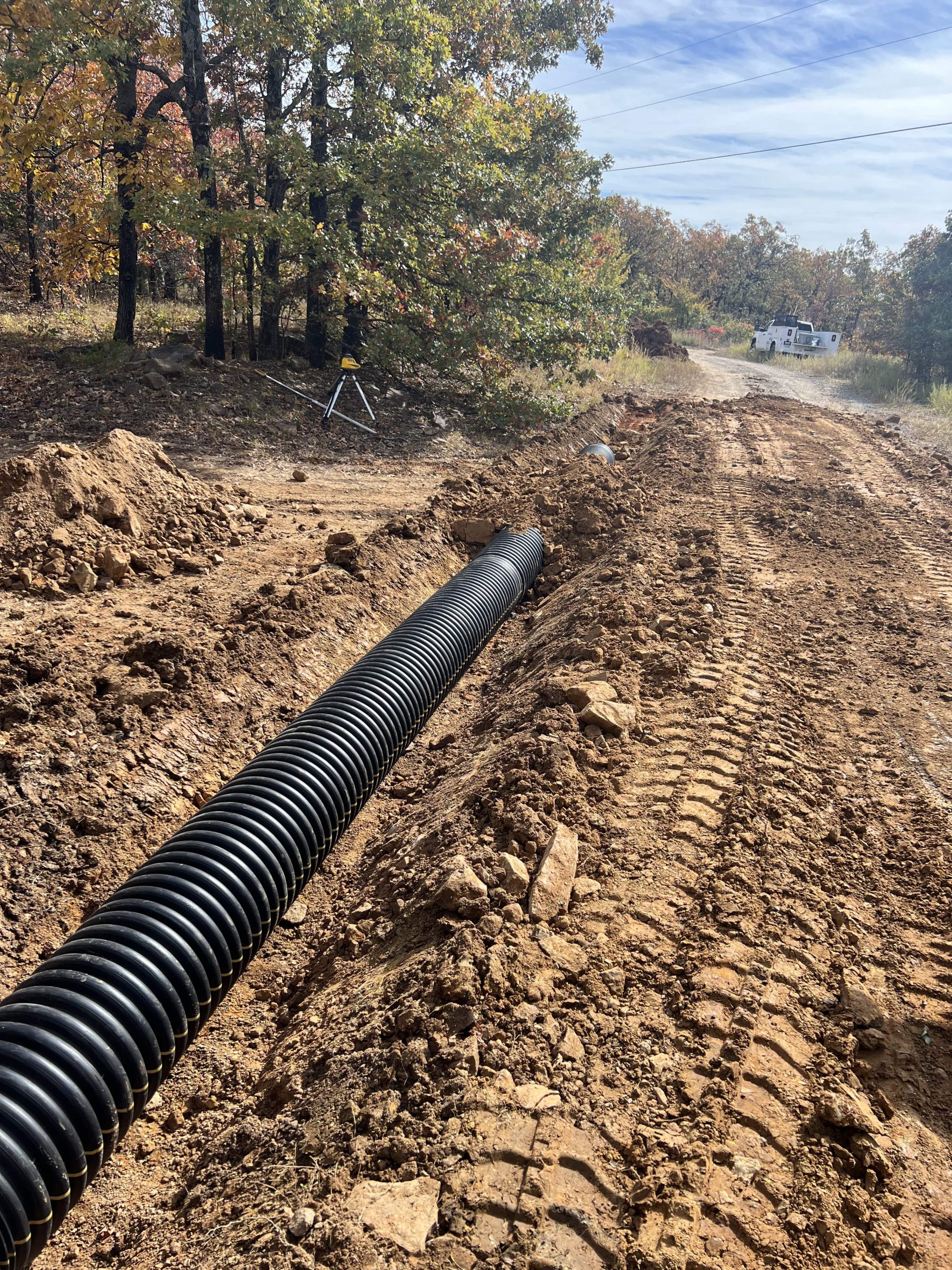Knowledgeable Tree Removal for Building Safety
Knowledgeable Tree Removal for Building Safety
Blog Article
Understanding Culvert Installment: Increase Your Land Drain Efforts
Reliable land water drainage is an essential part of successful farming and facilities projects. Culverts play a considerable role in taking care of water circulation and protecting against disintegration, making their proper installation necessary. From picking the ideal materials to executing ideal techniques, grasping culvert installment can significantly improve the effectiveness and durability of your land water drainage system. By recognizing the ins and outs of culvert installation, you can maximize your water drainage initiatives and make certain sustainable land use practices.
Importance of Culvert Installment
Making sure appropriate culvert setup is paramount for maintaining effective land water drainage systems. Proper installation of culverts assists to direct water away from roadways and buildings, decreasing the threat of flooding and water damage.
Proper Sizing and Positioning

Correct placement of culverts is similarly important. Culverts ought to be placed at the least expensive point of the location requiring drainage to guarantee effective water flow.
Product Option Tips
Choosing the best materials is paramount in making certain the sturdiness and functionality of culverts for effective land drainage systems. When choosing materials for culvert setup, it is important to think about variables such as the water circulation rate, dirt structure, and ecological problems of the website.
One of the most typical materials used for culverts is corrugated steel. Concrete culverts are perfect for locations susceptible to corrosion or when a much longer service life is wanted.
For environmentally sensitive areas, plastic culverts might be preferred. Additionally, in areas additional resources where natural visual appeals are vital, products like rock or timber can be used to create culverts that mix perfectly right into the environments.
Installment Strategies and Ideal Practices
Provided the essential importance of material option in making sure the capability and long life of culverts, the setup techniques and ideal methods play an essential duty in the total success of land drainage systems. Correct installment is essential to stopping concerns such as leakages, falls down, or obstructions that can endanger the performance of the culvert.

Throughout setup, treatment has to be taken to line up the culvert correctly and offer proper assistance to stop contortion. Backfilling ought news to be done slowly and compressed in layers to avoid gaps and settlement. Proper compaction is important to protect against moving or sinking of the culvert in time.

Maintenance and Long-Term Treatment
Implementing a thorough maintenance strategy is necessary for making sure the long life and reliable performance of culverts in land water drainage systems. Clearing up debris such as leaves, branches, and debris is crucial to avoid blocking and keep the circulation capacity of the culvert.
Routine upkeep jobs may consist of cleansing, repairing joints, enhancing inlet and outlet structures, and guaranteeing appropriate slope and positioning of the culvert. Keeping in-depth records of maintenance activities, examinations, and repair work is vital for tracking the condition of the culvert over time and planning future maintenance demands.
Final Thought
In conclusion, understanding culvert setup is vital for reliable land drainage. By complying with best methods and implementing long-lasting treatment strategies, landowners can boost their drainage initiatives and ensure the longevity and functionality of their culverts (Tree removal).
Report this page